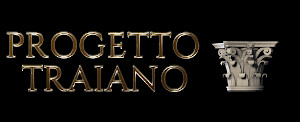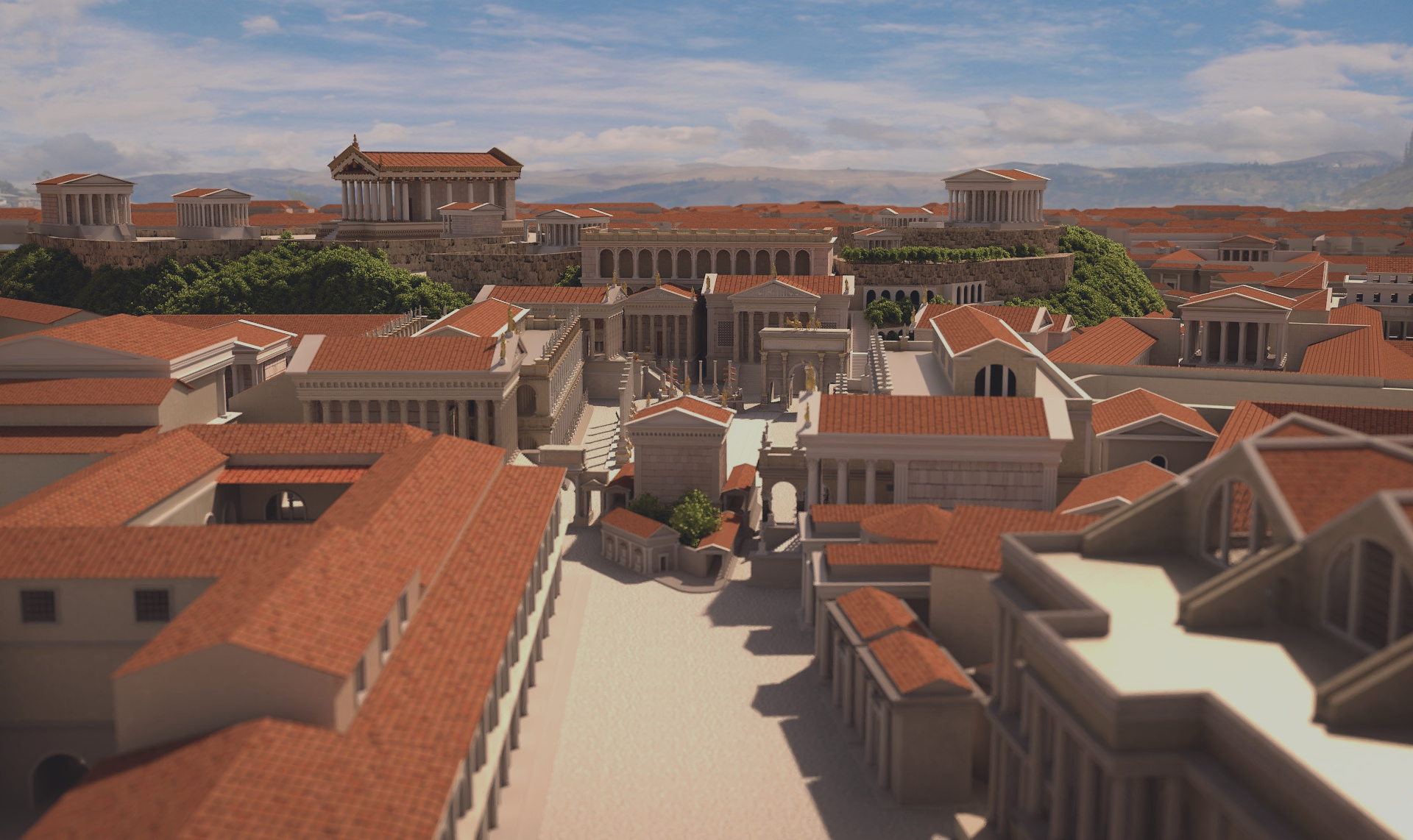Arch of Septimius Severus
It’s one of the three triumphal arches that survived to this day. It dates back to 203 A.D. If we could disrobe it, we would find inside a heart of brick and travertine, but fortunately in this case we can still admire the original marble surface. The first thing that strikes the eyes is the extraordinary number of figures that adorn the relief. J.J. Winkelmann, one of the greatest historians of ancient art ever existed, convinced us that the Antiquity was in black and white. On the contrary, the ancient world was in Technicolor, a true explosion of colours. Everything was coloured: the temples, the statues and the relieves. The figures, with their colours and sometimes with details in metal (weapons, jewellery, etc. ..) were easily visible even when located several meters in height, as in the case of the arch of Septimius Severus. The relieves represent the war led by the emperor against the Parthians. The Roman sculptors copied some of the tapestries brought to Rome by the Emperor for his triumph. Billboards. The tapestries were in fact exposed in triumph to show to those who had not taken part in the war as the clash had taken place, as the Romans were able to achieve victory.
The text in Latin about 20 m in height was a bit difficult to read, and for this reason the inscriptions were usually red coloured; this was called rubricatura. Another technique consisted in applying bronze letters using proper grooves carved in the stone. Looking at the fourth line of the inscription, we can notice that it is slightly abraded, and that the holes for the clamps that held the letters do not coincide with the words now visible. We are facing a typical case of damnatio memoriae, the systematic elimination of the memory of someone. In this case, it was poor Geta, Caracalla’s unfortunate brother. On the death of his father Septimius Severus, in fact, Caracalla killed his brother, and to cover up his crime as soon as possible, he cancelled every reference to him. On the Arch of Argentarii, in the Forum Boarium, not only the name of Geta was erased, but also the faces of Plautilla and Plautianus, wife and father-in-law of Caracalla. But that’s another story…
At the top of the arch, a large bronze chariot soared, as reported on a coin. Today just the holes of the cramps and pins that held up the chariot remain, since almost all the bronzes of the city were melted. In the Middle Ages a tower was erected on the arch, and a church dedicated to SS. Sergius and Bacchus was erected near it. These buildings, however, were destroyed already in the sixteenth century.





